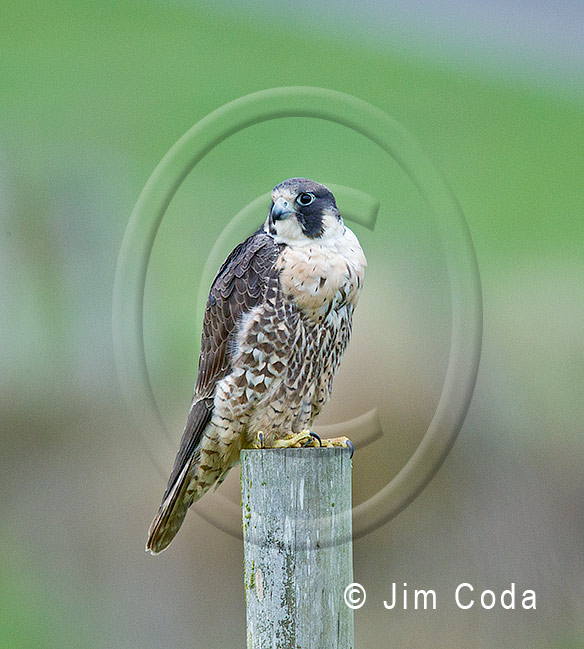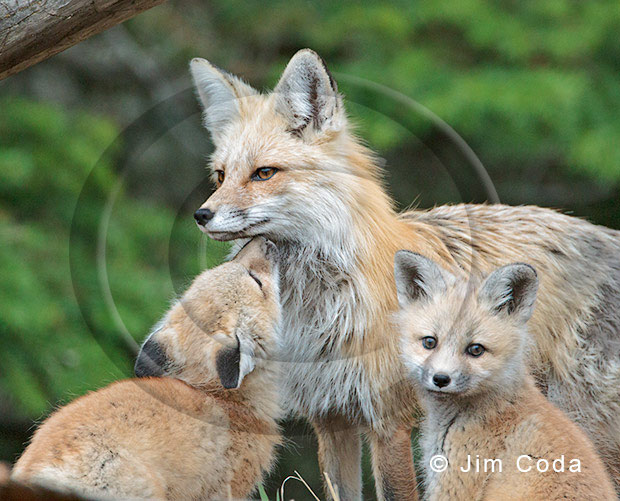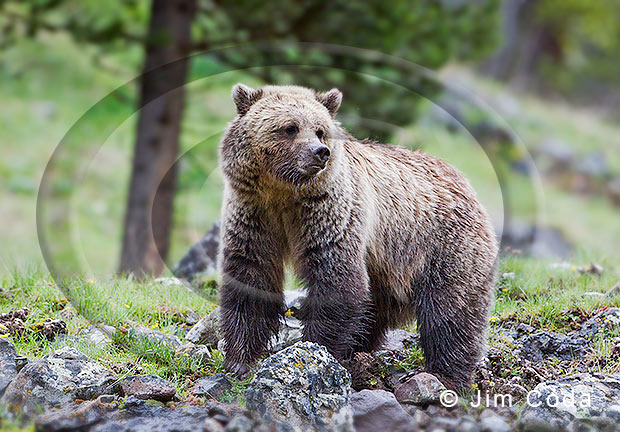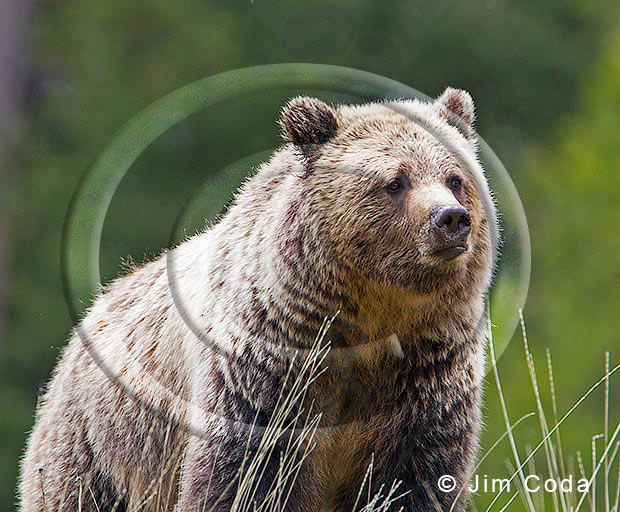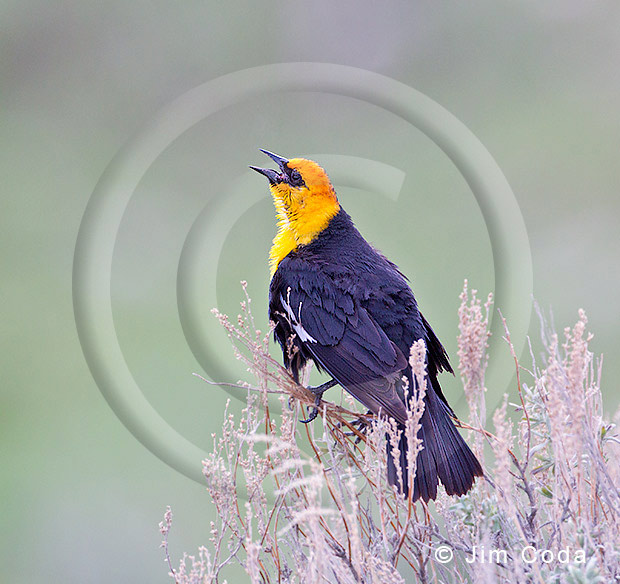Raven Nest, Yellowstone National Park

I was driving through the Golden Gate area of Yellowstone on May 24, 2015, scanning the cliffs for mountain goats as I drove. I didn’t see any goats (as is usually the case), but did see this nest of ravens. The babies were small (and with few feathers), but I made a mental note to check on them every time I drove through there for the rest of my stay in Yellowstone. The last time I saw them was June 14, a few days before I headed home. This photo was taken June 3. Believe it or not, there are six of these little ravens in the nest. These three just happened to be the most hungry when I shot this photo. Note the blue eyes common to young animals.
I don’t enter photo contests very often because it is hard to win when there are thousands of entries, at least in the most prestigious ones, and judging is, understandably, very subjective. However, I decided to enter the 2015 Yellowstone Forever Photo Contest put on by Nature’s Best Photography Magazine and the Yellowstone Park Foundation because Yellowstone is my favorite place and I have lots of images from there. There were 11,000 entries from 31 countries. This raven nest photo was awarded an Honorable Mention as was the black bear spring cub below.

Two friends, Max Waugh and Daniel Dietrich, were also awarded honorable mentions. In fact, Max won seven honorable mentions! Click here for a list of all the winners and honorable mentions.
There are several reasons I tend to not enter many nature photo contests. The first reason is that entering takes a lot of time and the odds of winning are very low because there are thousands of entries. The odds are also low because of the subjective nature of judging. Art can’t be judged objectively.
Another reason is that some (but not the Nature’s Best contest) are designed to be rights grabs. By that I mean they charge you to enter and they provide in the fine print that they can use your photos for any purpose with no compensation to you. Think about that. Instead of you getting paid by for the commercial use of your photo, you in effect pay them to use it when you enter the contest! What a great way for a magazine to get many years’ worth of photos without having to pay for them! Read the fine print before you enter a contest!
Yet another reason I pass on most nature photography contests is because they strictly follow photojournalism standards. In other words, the photo has to be a faithful representation of the original scene, except dust spotting, cropping, exposure changes and color balance are usually allowed because they were practiced in the film/darkroom days. I have had to pass on entering many photos I like because a little twig is in the way of a clear facial shot. I wish the dust spot exception were expanded a little to allow the removal of the twig that crosses an animal’s face. Another solution would be to have an “artistic” category in contests where some manipulation is allowed. After all, we are way past film and darkrooms. Photoshop rules and I think nature photography contests need to recognize that. If an artist were painting the same scene, you can be sure that little twig would never make it onto the canvas.
There are other concerns I have about nature photography contests, such as use of captive subjects and baiting, but I’ll save those topics for another day.




